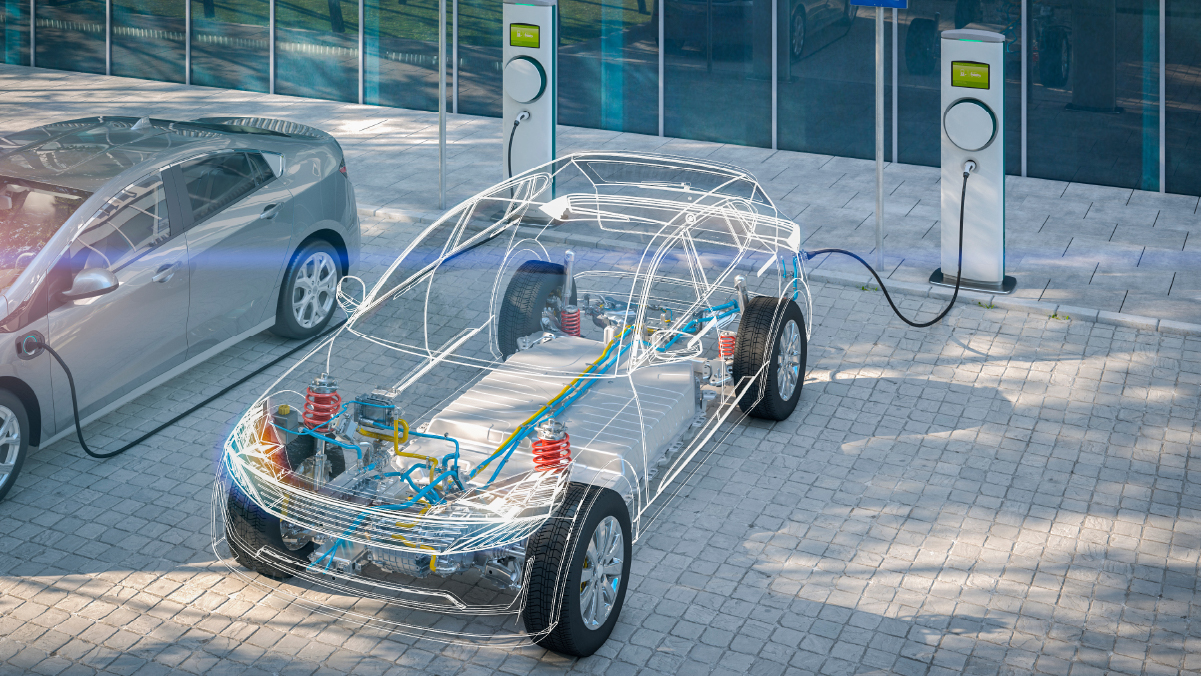Gone are the days when lost drivers would reach into their glove compartments to grab a map and find out where they were. With the help of smart devices equipped with GPS and digital maps, drivers can get practically anywhere. Google Maps celebrated its 15th anniversary this month, the current driving app a much more comprehensive experience than it was in 2005.
Today's map services like Apple Maps, Google Maps, and Waze provide directions, detects foreign objects and traffic jams, and calculates the estimated time of arrival. By collecting real time data and connecting them with images, map services have become indispensable and will continue to play an integral role with autonomous vehicles as well.
Where mobile maps are headed
Apple Maps deployed a new version of its app in late January, providing users with detailed roads, buildings, parks, and more when looking at maps in the United States. In addition, Apple’s “look around” mode allows users to see a 360-degree view of streets. With their 15th anniversary in the books, Google Maps also released a redesign for IoS and Android with three new buttons labeled “Saved”, “Contribute”, and “Updates”. In March, the company plans to provide upgrades for public transit and augmented reality.
See also: Mobile AR- what it is and how it's changing the mobile landscape
Google Maps’ lead Jen Fitzpatrick told Wired that the future of mobile maps will evolve beyond driving into creating a better way to get you from one place to another. In fact, Fitzpatrick says that an AR-based walking navigation can be useful for tourists in new cities who are exiting hotels or subway stations. The maps lead says that GPS is geared towards helping people get things done, and the future of Google Maps may look like finding crucial information about the places they want to interact with.
“The goal is, if you're in the context of looking up information about a business and you have a quick question, like let's make it super easy to do that without a lot of context switching or apps switching,” says Fitzpatrick.
Internet traffic forecasted to boom
With mobile maps and other applications heading into the augmented reality space, it’s crucial for traffic speeds and storage to keep up. In fact, the digital map market is poised to grow by USD 4.57 billion during the period 2019 to 2023, according to the latest market research report by Technavio. Luckily, the predictions for the future of the internet shows us that Wi-Fi and network connectivity will expand in conjunction with the transformation of mobile maps.
Cisco’s Annual Internet Report (AIR) states that there will be 5.3 billion global internet users on 29.3 billion network connected devices in 2023, but that broadband speeds will double to reach 110 Mbps and average Wi-Fi speeds will triple to 92 Mbps. Wi-Fi will continue to be a necessary technology for cell networks in the next three years, especially 5G. Wi-Fi and 5G will coexist, and Wi-Fi 6 hotpots will grow 13-fold from 2020 to 2023.
The high bandwidth and low latency of Wi-Fi 6 and 5G will prep us all for the advent of better digital maps—AI, AR, and VR embedded in our maps may just be in the near future.
###
We welcome the re-use, republication, and distribution of "The Network" content. Please credit us with the following information: Used with the permission of http://thenetwork.cisco.com/.




